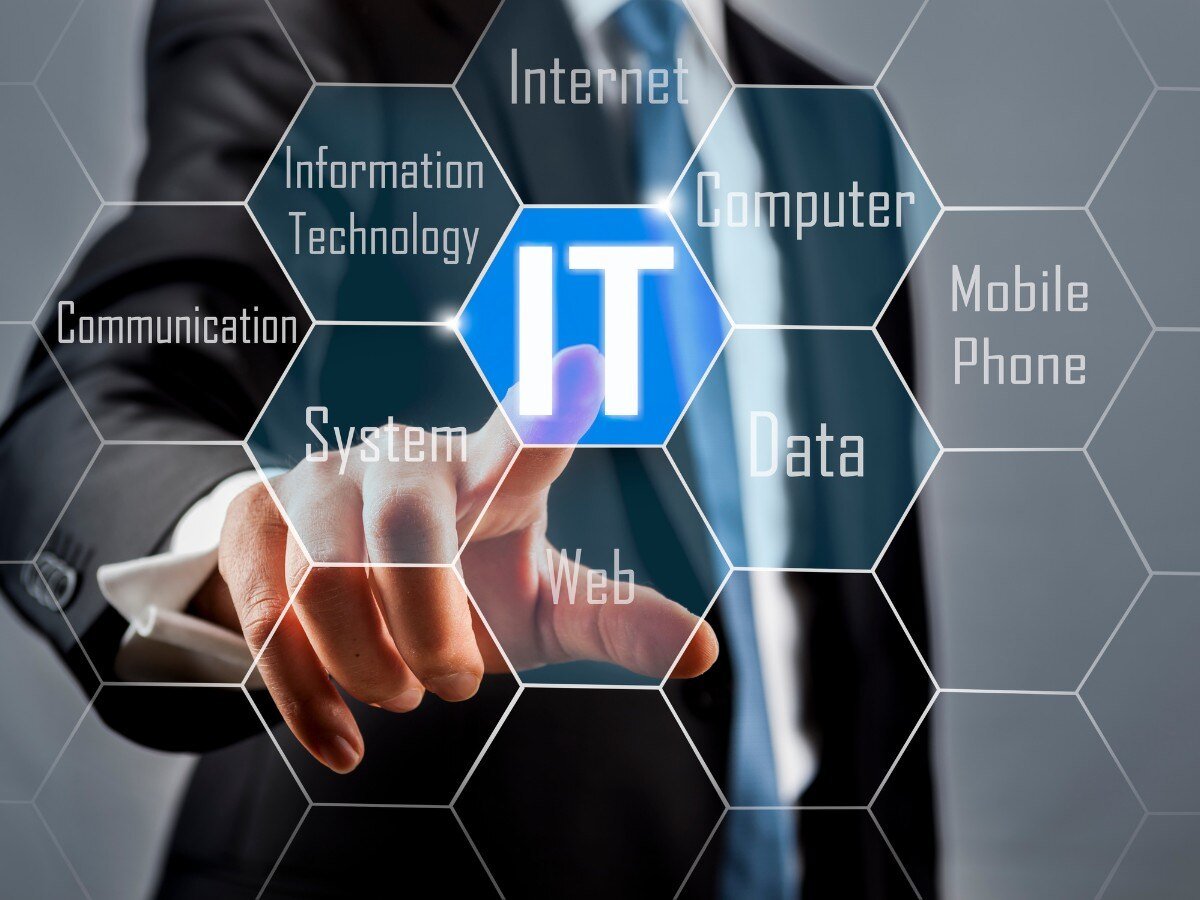In international B2B transactions, invoices play a crucial role in facilitating payments, maintaining financial records, determining applicable taxes, and ensuring the terms of the sales.
However, European countries have their own invoicing regulations to comply with. As a result, businesses need to be aware of these regulations and ensure compliance to avoid potential legal issues.
In this article, we will explore the significance of invoices in B2B transactions, delve into the invoicing regulations across Europe, share the minimum requirements, and highlight the importance of ensuring compliance.
Essential Elements of a Valid European B2B Invoice
In this paragraph, we list all the details to include in the different invoice fields if you want to sell to European B2B clients. In any case, this paragraph cannot replace the legal advice of tax and legal advisors to ensure that your invoices comply with the country's regulations.
To have a valid invoice in the European Union, you need to write at least the following details:
- Your company name and address (the merchant)
- Your company ID and VAT numbers (or Tax number) (the merchant)
- Unique invoice number
- Mandatory dates: date of issue, date due, and delivery/supply date
- Client name and address, contact name within the company
- Client's ID and VAT numbers (or Tax number)
- Name of the product, good or service
- Quantity and Unit price (Excluding VAT and Taxes)
- Discounts (eventually)
- Taxes rates (%), and taxes amounts (VAT and/or other taxes)
- Subtotals, Total payable sum without VAT and Taxes, and Total amount payable including VAT and Taxes
- Invoicing currency
- Payment terms agreed
- Delivery terms agreed (i.e., Incoterms)
- Proper formatting and language compliant with the designated jurisdiction of the sales
- Related contract terms and Terms of Sales
Legal Compliance in European B2B Invoicing
Value Added Tax (VAT) is a consumption tax imposed on a diverse variety of goods and services within the European Union (EU). The primary objective of VAT is to generate revenue for the EU member states.
When it comes to VAT taxation, understanding the Place of Supply is crucial as it determines which member state is responsible for collecting and administering the tax. The rules for place of supply vary depending on whether the transaction involves goods or services.
For goods:
In most cases, the place of supply is where the goods are delivered to the customer, regardless of the supplier's location. However, there are some exceptions to this rule. For instance, goods transported between EU member states under certain conditions are known as "intra-Community supplies". Please contact your fiscal advisors to determine the correct Place of Supply.
For services:
The place of supply of services depends on whether the customer is a business or a consumer. For business-to-business (B2B) services, the place of supply is generally where the customer is established. For business-to-consumer (B2C) services, the place of supply is generally where the supplier is established. However, there are some exceptions to these rules. Please contact your fiscal advisors to determine the correct Place of Supply.
Businesses operating with (or within) the EU need to understand the place of supply rules. Accurately determining the place of supply enables firms to comply with VAT regulations and avoid potential penalties.
Here are some key points to keep in mind about VAT regulations and place of supply principles:
- VAT is a consumption tax, meaning the final consumer usually pays it.
- The member state responsible for collecting and administering the tax is determined by the place of supply.
- There are different places of supply rules for goods and services.
- Businesses should consult with tax advisors to ensure they are complying with VAT regulations.
Among the other compliance aspects to master are the Intra-Community (IC) supplies, which represent transactions in which goods are dispatched or transported from one member state of the European Union (EU) to another and where special VAT reporting and filing are applicable.
Another aspect to master is the proper reporting and the filing of VAT returns accurately.
Best Practices for Streamlined B2B Invoicing
One of the critical aspects of maintaining a smooth and efficient invoicing system is to utilize standardized invoicing formats, such as UN/CEFACT XML or ZUGFeRD. Many accounting and invoicing IT tools nowadays provide great help to B2B businesses in establishing proper invoices and a complete invoicing system.
Using a standardized format of invoice formatting and transmitting facilitates easy and error-free communication between different systems and ensures that the intended recipients can easily read and process the invoices. To further enhance efficiency and reduce errors, it is recommended that electronic invoicing solutions be implemented.
By automating invoice generation and processing, businesses can save time and resources while reducing the chances of errors. Finally, it is essential to maintain proper invoice archiving and retrieval systems, which can help businesses keep track of their invoicing history and ensure compliance with legal and regulatory requirements.
International B2B Invoicing Considerations
It is essential to invoice correctly international B2B clients in the European Union to study a few additional aspects linked to the specificity of your business and location:
- Understanding cross-border invoicing regulations
- Delivery conditions (Incoterms)
- Payment terms (before delivery, 30 days, 60 days, etc.)
- Currency of sales and payment methods for international transactions (letters of credit, etc.). Anticipate exchange rate changes during the transaction.
- Complying with export control regulations if applicable
In conclusion, invoices are critical in facilitating payments, maintaining financial records, and ensuring compliance with regulations in B2B transactions across Europe. Businesses need to understand the invoicing regulations of the countries they operate in and ensure compliance. By following the minimum requirements and best practices, such as utilizing standardized invoicing formats and implementing electronic invoicing solutions, businesses can streamline their invoicing system, reduce errors, and maintain proper invoice archiving. With the right tools and knowledge, businesses can manage their invoicing processes effectively and avoid potential legal issues.
Disclaimer: This article can't replace the legal advice of tax and legal advisors to ensure that your invoices comply with the country's regulations. We are not specialists in this matter; therefore, we cannot be sued for wrongful information or harm. Please check with experts and local authorities for up-to-date information.




